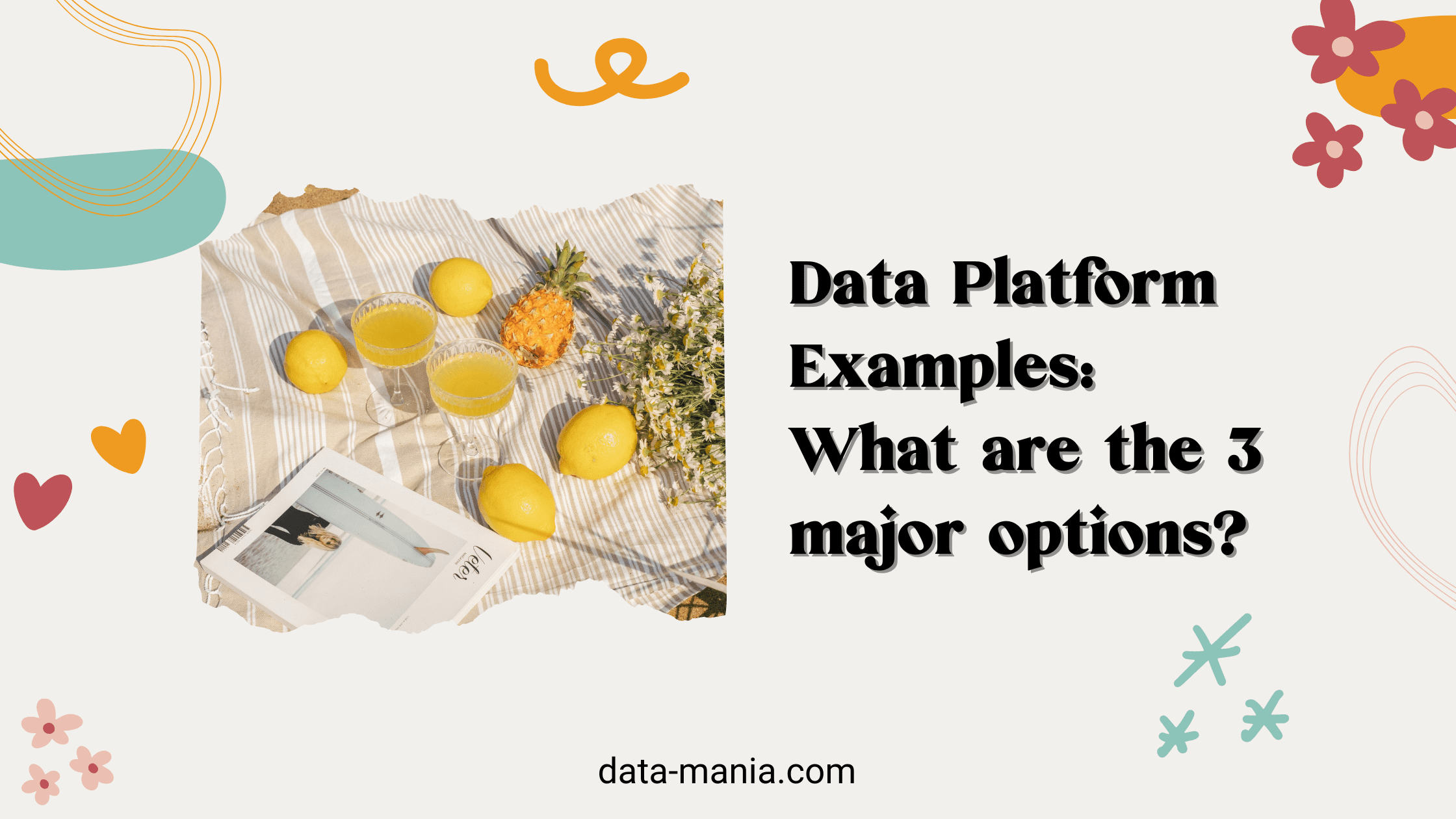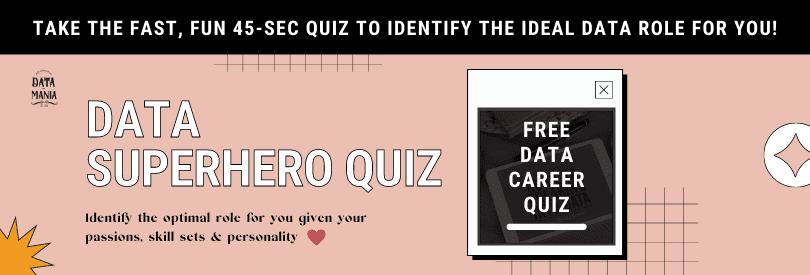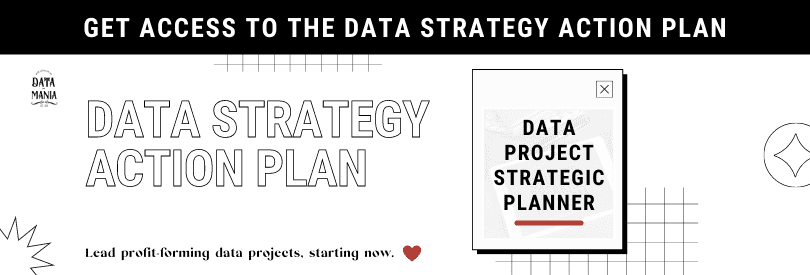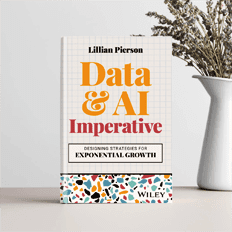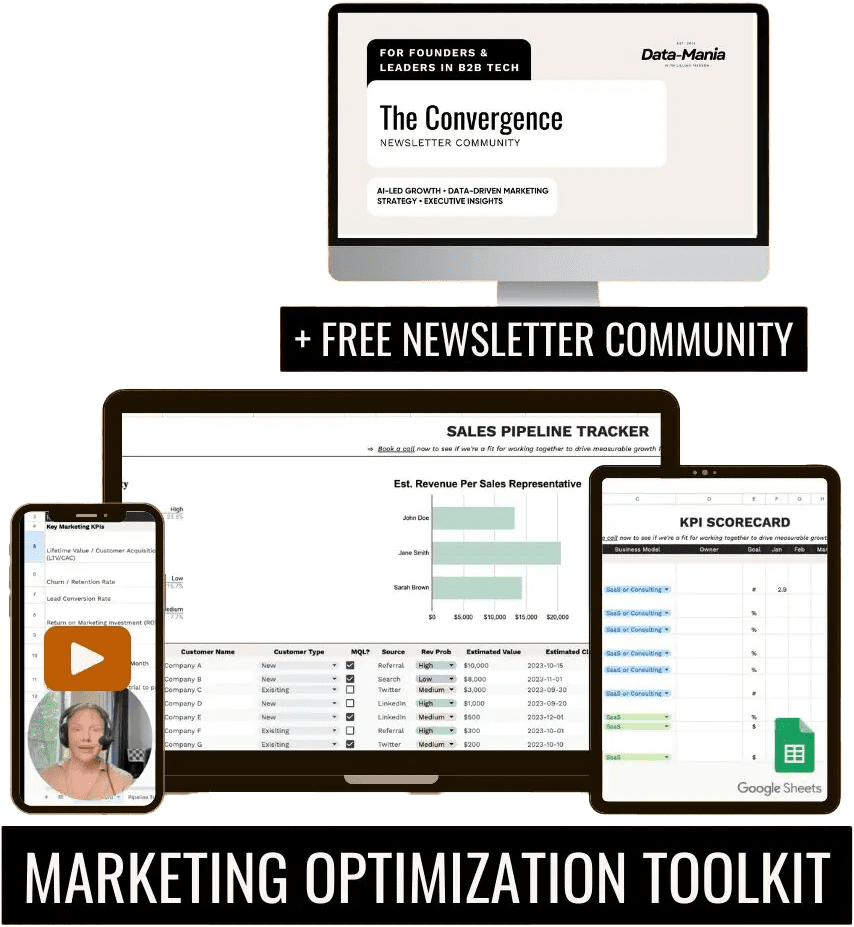The business world is becoming increasingly data-driven, and modern organizations need to keep up with the latest trends to remain competitive. Big data may seem like a buzzword to some business professionals, but companies that understand and harness its power can gain greater insight into their operations. That’s where data platforms come in. Here’s more about data platform examples, their key components and the three top options on the market.
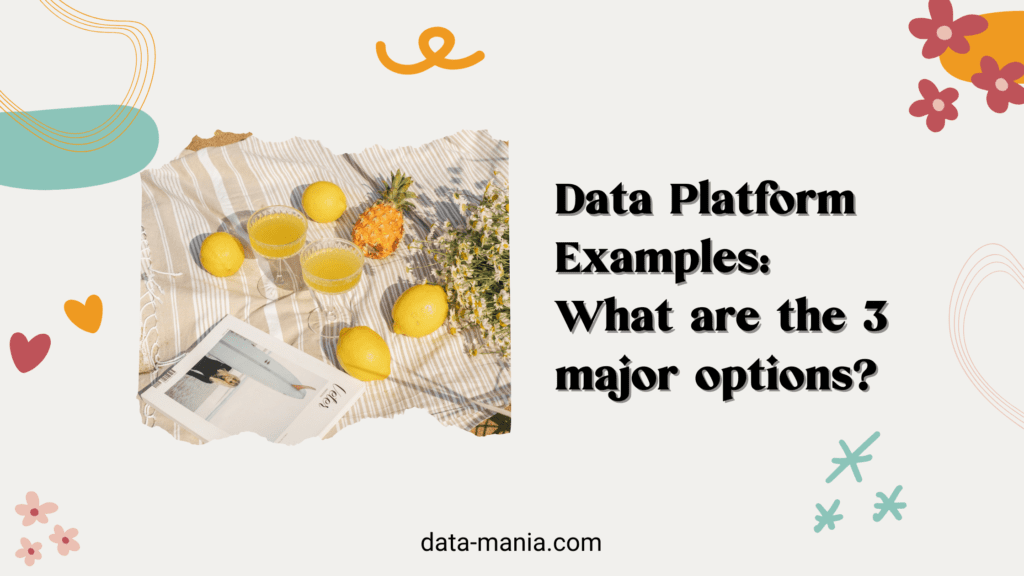
What Is a Data Platform?
A data platform is a highly sophisticated, scalable and often cloud-based central repository and processing tool for all the information belonging to an organization.
Data platforms handle various tasks regarding a company’s data, such as collecting, cleansing, transforming and applying it to generate valuable insights. Many companies have leveraged enterprise-level platforms to manage big data.
Data platforms should not be confused with business intelligence (BI) platforms. BI tools can improve a company’s decision-making, but data platforms can manage more information types and various information structures across a company. They are centralized, so they prevent silos and allow all departments in an organization to access the same stats for different purposes.
Some companies are even building data platforms in-house. This route often results in better privacy, consistency and enrichment. However, creating one requires a dedicated engineering team. Downstream systems, such as data lakes and warehouses, still may not reflect the same information as the platform’s source of truth.
What Are the Four Components of a Data Platform?
Data platforms can be complex and continuously evolve, especially as business needs change. However, they should have four critical components to be considered viable.
1. Ingestion
A data platform should be able to collect and import data for storage in a database or for immediate use. Organizations typically have many data sources, and a platform is handy because it automatically ingests information from multiple sources effectively and efficiently.
Organizations must identify a storage method before a data platform ingests information. Some common examples of storage methods include warehouses, lakes and even lakehouses.
2. Processing
Once the data is ingested by the platform and stored properly, it must be organized and manipulated to make it understandable.
A platform may use batch or real-time processing. Regardless of how a platform processes information, it must have the ability to manage structured and unstructured data types.
3. Analysis
There are a few types of data analysis methods, including quantitative and qualitative, statistical, textual, predictive, descriptive and diagnostic. A data platform must be able to analyze any information that is ingested or processed to provide organizations with insights.
A data platform would not be of much use without the ability to analyze information.
4. Presentation
The final component of a data platform is its ability to present any information in an easy-to-interpret fashion. It may do this differently depending on the organization’s needs.
For example, it may present relationships between data through visualizations, such as graphs or charts. When a platform gives information to company leaders, they should be able to understand it, draw conclusions from what is presented and make better decisions.
It’s also critical for data platforms to have other features, including scalability, flexibility, usability, security, compliance, automation and intelligence. Most platforms are classified as on-premise, hybrid or cloud-based.
It’s also beneficial if a data platform has anomaly detection capabilities. Without anomaly detection during data pre-processing or cleansing, a data platform’s algorithm may not function properly.
What Are the Three Major Data Platforms?
There are many types of data platforms on the market, making it challenging for companies to determine which one will suit their needs. Here are three of the major data platforms organizations will use.
Microsoft Azure


What’s nice about Azure is that any size business can use it and they only pay for what they use. Many organizations will use Azure if they want to implement a hybrid cloud model, which is becoming an increasingly popular choice in the IT community.
Amazon Web Services (AWS)
More commonly referred to as AWS, this platform comes with advanced analytics tools that help with all aspects of data management, from prep and warehousing to data lake design and SQL queries.
AWS offers several benefits to its users — it’s easy to use, flexible, scalable, cost-effective, secure and considered a high-performance data platform. AWS allows an organization to tailor applications, databases and other services to its unique needs, which is a vital feature.
Google Cloud
Google Cloud offers numerous big data tools to assist organizations with massive amounts of information. Leading companies like P&G, Ulta, Twitter, McKesson, Deutsche Bank and more use Google Cloud for their operations.
Google Cloud allows users to accelerate their digital transformation, make informed decisions, break down data silos and leverage the power of artificial intelligence (AI).
More Data Platform Examples
Aside from the three major data platforms outlined above, some other data platform examples may be worth exploring.
Data Platform Examples Worth Knowing
Apache Hadoop
Apache Hadoop, often shortened to Hadoop, is a well-known solution in the data science community. It is an open-source platform made up of various software utilities that handle big data and computing problems. It’s highly scalable, free and uses commodity hardware, which is inexpensive for organizations. Users can still manage their data effectively and process it efficiently using Hadoop services.
Matillion
Matillion is another data platform example that helps organizations manage raw data to draw valuable conclusions to inform decision-making. It is a cloud-based ETL tool that has experienced growth due to its beneficial features and capabilities.
Right Data
Right Data is another platform that supports the daily activities of modern data practitioners. Its comprehensive capabilities include data streaming, batch processing, wrangling, bulk migration, machine learning (ML) modeling and no-code pipelines for novices. Right Data’s platform is easy to use and can be a powerful asset for businesses.
Snowflake
Snowflake is another well-known data warehouse that processes and analyzes information. It’s built like a software-as-a-service (SaaS) product and runs on top of the three major data platforms listed in the section above. One notable Snowflake feature is its SQL query engine, which receives high praise from users.
Cloudera
Cloudera planted its roots in Apache Hadoop, but it can handle massive amounts of data. It’s reported that Cloudera users often store more than 50 petabytes in Cloudera data warehouses. Additionally, Cloudera’s DataFlow (CDF) feature is capable of analyzing and prioritizing information.
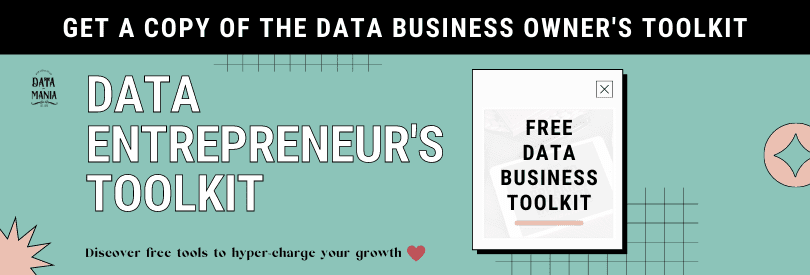
Leveraging Other Data Platform Examples in 2022
It’s commonly understood that the quality of data is just as important, if not more important, than the quantity. That’s why companies must use the right platform, which can offer end-to-end information management solutions.
Data platforms play a significant role in today’s modern business environment. They can help streamline management and allow organizations to identify trends and improve performance through better, data-driven decision-making.
Hey! If you liked this post, I’d really appreciate it if you’d share the love by clicking one of the share buttons below!
A Guest Post By…


This blog post was generously contributed to Data-Mania by Shannon Flynn. Shannon Flynn is a freelance blogger who covers business, cybersecurity and IoT topics.
You can follow Shannon on Muck Rack or Medium to read more of her articles.
If you’d like to contribute to the Data-Mania blog community yourself, please drop us a line at communication@data-mania.com.

